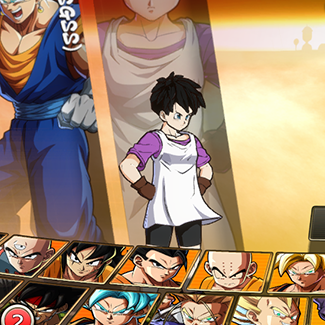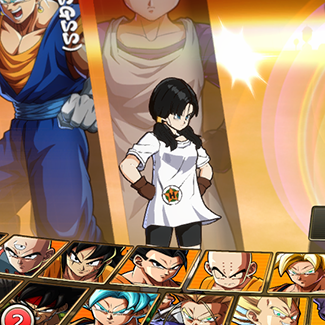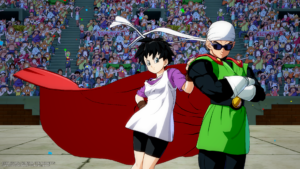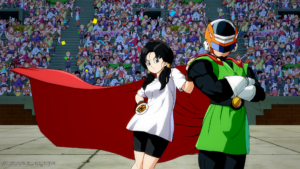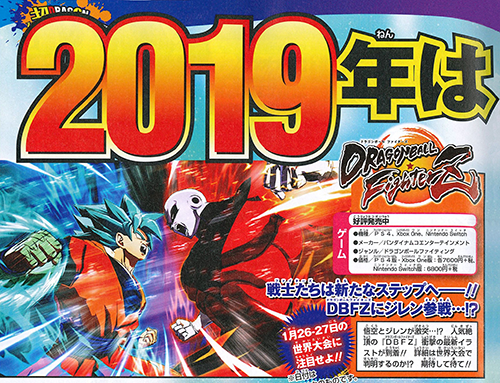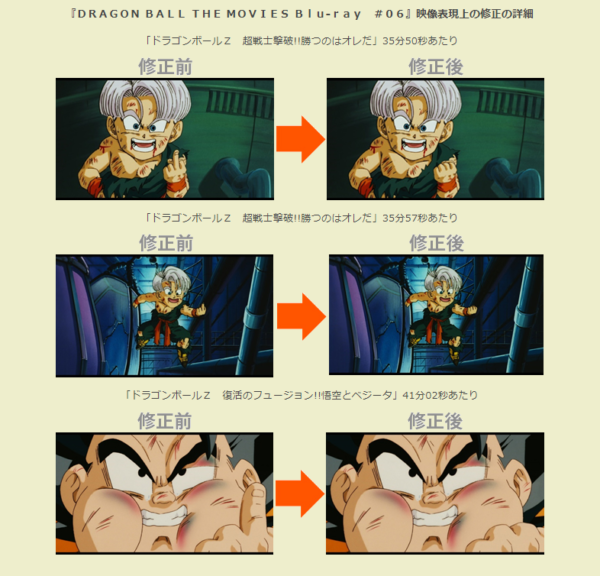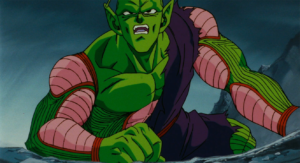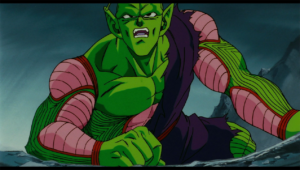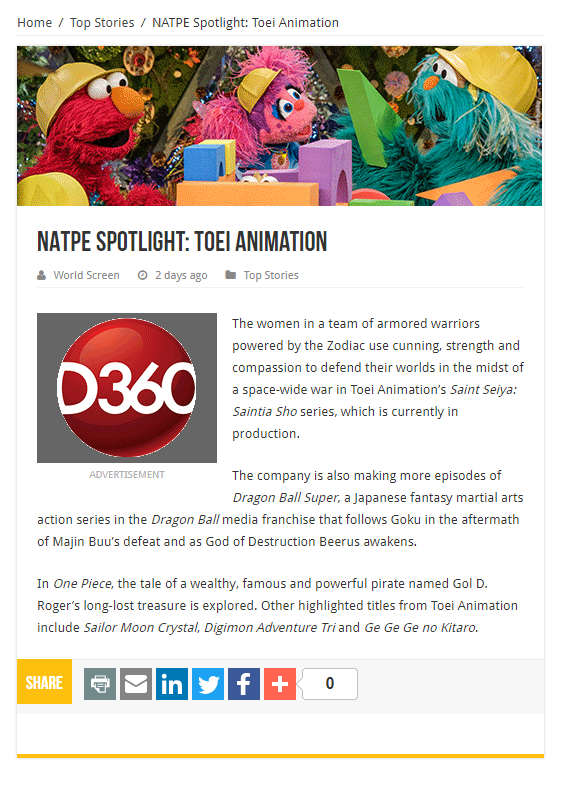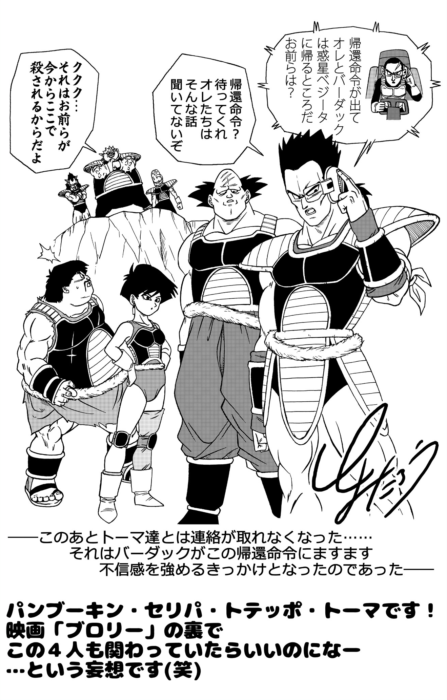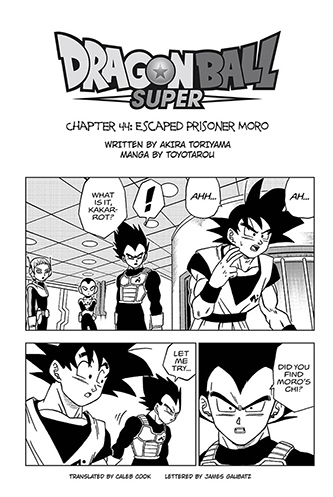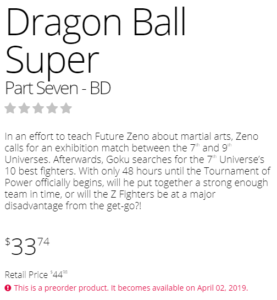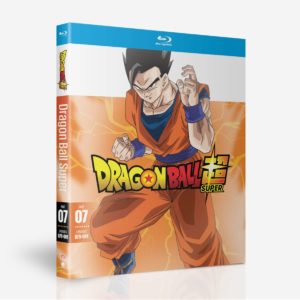Bandai Namco has released patch notes for the latest update to Dragon Ball FighterZ:

HEALTH RECOVERY UPON TAKING DAMAGE:
– Reduce the amount of recoverable health when damaged. (Excluding invincible moves)
KI GAUGE:
– Decrease the amount of Ki Gauge gained when receiving damage from Super Attacks and Meteor Attacks, and increase the amount of Ki Gauge gained when receiving damage from other attacks.
– For a short period of time after using the Ki Gauge, the overall amount of Ki Gauge gained is now reduced.
MID-AIR SMASH ATTACK:
– When the condition for a camera change is met, the camera effect will occur regardless of the height of the character’s position now.
INVINCIBLE SPECIAL MOVES:
– Z Assist and Ultimate Z Change will now be unusable during Invincible Special Moves aside from when it hits.
POWERED-UP SPECIAL MOVE:
– Reduce the amount of Recoverable Health when receiving damage from Power-up Special Moves. (Excluding invincible moves)
SUPER ATTACK:
– Reduce the amount of damage dealt when a move other than Ultimate Z Change connects after a Super Attack hits.
– It is now easier to successfully connect Ultimate Z Change after Super Attacks.
ALL METEOR ATTACKS:
– Increased the minimum damage of all Meteor Attacks.
SPARKING!:
– Sparking! can now be used while blocking. (Includes blocking in mid-air)
– While Sparking! is active, reduce the amount of recoverable health of the opponent when damage is dealt to them. (Excluding invincible moves)
– Increased the start up frames of Sparking! aside from when cancelled from an attack.
VANISH MOVE:
– Camera change is easier to occur when cancelled from an attack.
Z-REFLECT:
– You will be invincible to the opponent’s Sparking! activation after a successful Z-Reflect against an opponent’s attack.
ALL THROW MOVES, DRAGON RUSH:
– Specific throw moves and Dragon Rush cannot connect more than once within a combo.
DRAGON RUSH:
– Decreased the amount of Ki gauge gained and damage dealt.
– After a Dragon Rush during mid-combo, camera change will not occur for subsequent hits.
MID-AIR DRAGON RUSH:
– The opponent will ground slide after a mid-air Dragon Rush during a combo.
GUARD CANCEL CHANGE:
– Invincible state will now last until coming into contact or in close vicinity with the opponent.
– Increased the recovery frames and landing recovery frames when blocked.
GROUND BACKSTEP:
– Increase the distance travelled.
SHENRON (REVIVE ALLIES):
– Increased the health of the revived ally.
SHENRON (MAKE ME IMMORTAL):
– Increased the health recovery rate.
GROUND RECOVERY:
– Reduced the collision from mid-air opponent.
DELAYED GROUND RECOVERY:
– Until completely down, you will now be able to perform the different ground recovery options.
DRAMATIC FINISH:
– Vanish Move will also trigger Dramatic Finish now.
The 3-on-3, “2.5D” fighting game is developed by Arc System Works and is currently available on the PlayStation 4, Xbox One, PC (via Steam), and Nintendo Switch. Playable characters include Son Goku, Son Gohan (Cell arc design), Vegeta, Freeza, Cell, Boo (Good), Trunks, Piccolo, Kuririn, #16, #18 (with #17), Yamcha, Tenshinhan (with Chiaotzu), Ginyu (with teammates), Nappa (with Saibaimen), Gotenks, Son Gohan (Boo arc design), Boo (Pure), Hit, Beerus, and Goku Black (with Zamasu), as well as “Super Saiyan God Super Saiyan” (SSGSS, or “Super Saiyan Blue”) versions of Goku and Vegeta that can be accessed early via pre-orders or unlocked through gameplay. The Akira Toriyama-designed “#21” is a new character central to the game’s story mode.
The game’s first (optional) $34.99 “FighterZ Pass” covers eight total additional playable characters (also available individually at $5 each); these include Broli, Bardock, Vegetto, Merged Zamasu, (non-Super Saiyan, “black hair”) Son Goku, and (non-Super Saiyan, “black hair”) Vegeta, Coola, and No. 17.
The game’s recently-revealed “FighterZ Pass 2” is set to include Jiren and Videl this week, with the recent theatrical versions of Broli and Gogeta coming at a later point in time, along with other, unspecified characters.
Dragon Ball FighterZ was originally released 26 January 2018 in North America and Europe, and 01 February 2018 in Japan, with the Switch release coming later in September. Alongside its Japanese release, Bandai Namco announced that they had shipped two million copies of the game, making it the fastest-shipping game in the franchise’s history.
